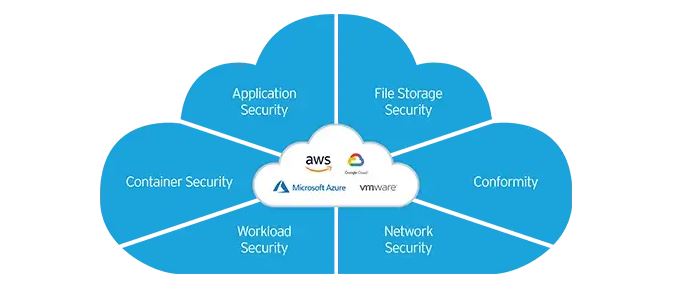As the use of cloud technology continues to grow, organizations are increasingly relying on cloud services to support their operations. With this shift from traditional IT infrastructure to cloud-based solutions, it is essential that organizations take the necessary steps to ensure the security of their cloud environment. Despite the many advancements in IT security, cloud-based systems still present certain risks that organizations need to be aware of and take steps to mitigate.
One of the primary risks associated with cloud technology is the possibility of data breaches. Cloud service providers must take steps to ensure that any personal and sensitive data stored in the cloud is protected from unauthorized access or breaches. Organizations can improve the security of their data by conducting regular risk assessments to identify potential vulnerabilities and implementing strong encryption and access controls. Additionally, organizations should be cautious about using publicly accessible URLs for file transfers, connecting to unreliable public networks, and neglecting proper security controls, as these can all contribute to data breaches.
Another common risk in cloud environments is data loss. Some organizations may believe that the cloud eliminates the need for traditional backups, but that is not the case. There are still instances of unintentional deletion or server crashes that can occur, and organizations have less control over the physical location of their data in a cloud environment, making it more difficult to recover in the event of a data loss. To mitigate this risk, organizations should develop a robust data backup strategy and ensure that they can quickly restore data in the event of a loss.
Account hijacking is another concern in cloud environments. Cybercriminals may target cloud systems with weak passwords and other vulnerabilities, stealing login credentials and accessing sensitive data. To prevent this, organizations should ensure that all user accounts have strong, unique passwords that are changed regularly.
Insider threats are also a potential risk in cloud environments. Employees with privileged access, such as administrators or developers, may inadvertently expose sensitive information or fall victim to social engineering attacks. To address this risk, organizations should provide employees with proper training on the cloud environment and the various cybersecurity threats they may encounter.
To secure their cloud infrastructure, organizations can implement various strategies such as penetration testing, which can help assess the security level of their cloud environment. Data security auditing can also be a useful tool, helping organizations to identify vulnerabilities and ensuring that cloud providers are transparent about their security controls. Security training is also important, as it can help employees understand the risks associated with cloud technology and how to avoid falling victim to social engineering attacks. Contingency planning is also essential, as it can help organizations prepare for unexpected events such as natural disasters or other crises that may affect the availability of their cloud services.
One tool that can assist organizations in securing their cloud environment is ManageEngine Cloud Security Plus, a cloud security monitoring component that helps organizations to manage log data from popular cloud service providers such as Amazon Web Services, Microsoft Azure, Salesforce, and Google Cloud Platform. With an advanced security analytics dashboard and real-time alerts, Cloud Security Plus can help organizations track user activity, protect sensitive data, and ensure that their cloud environment is secure.
In conclusion, while the cloud offers many benefits, it also introduces new security risks that organizations need to be aware of and take steps to mitigate. By implementing the right security strategies and tools, organizations can ensure the safety of their data and infrastructure in the cloud.
 January 11, 2023 - BY Admin
January 11, 2023 - BY Admin